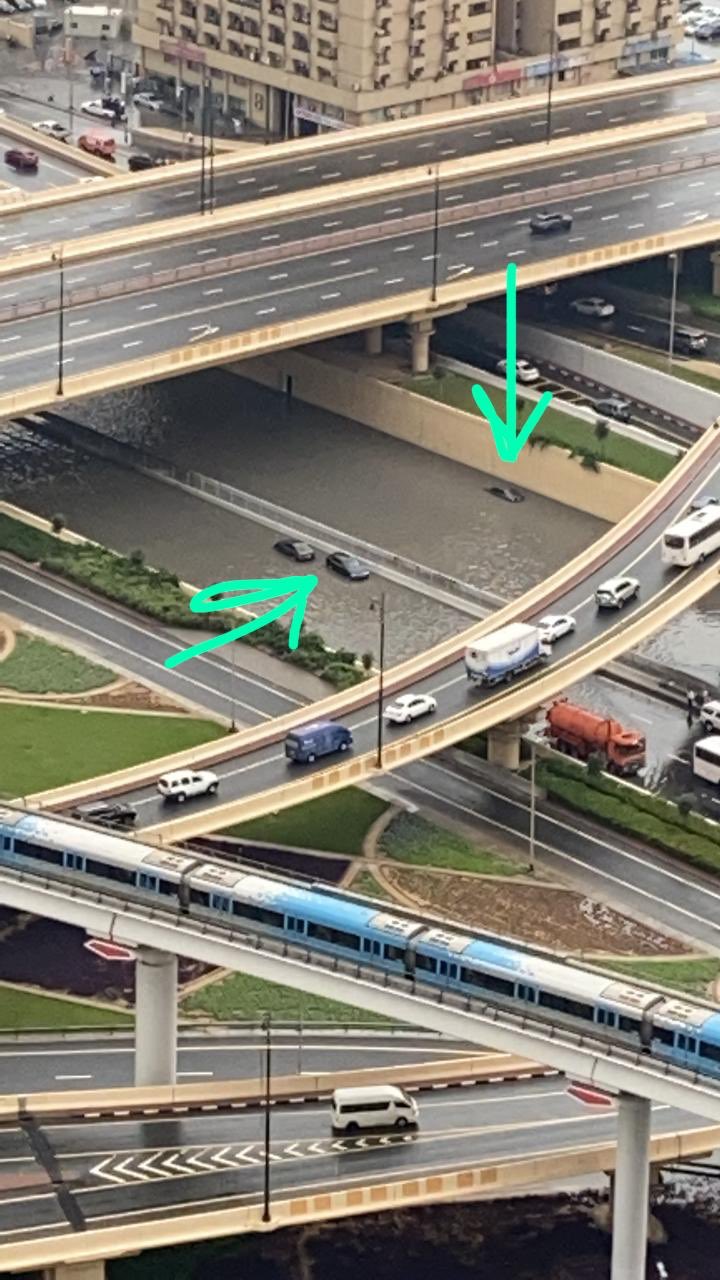
https://gulfnews.com/amp/uae/enviro...-seeding-1.61188081?__twitter_impression=true
What is cloud seeding?
Cloud seeding is a method used to stimulate precipitation by dispersing substances such as dry ice or silver iodide into clouds. The process is an artificial way of helping boost rainfall. This is usually done by sending a small aircraft near the cloud’s location and releasing the materials. Once inside the cloud, the substances assist in making ice crystals, which is what rain comes from.
Abu Dhabi: Between 10 and 15 per cent of the UAE’s rainfall in 2018 was the result of cloud seeding operations carried out by the National Centre of Meteorology (NCM), according to a cloud-seeding expert at the centre.
“In 2018, the number of our cloud seeding operations reached 187, and this was mainly dependent on the number of clouds that were amenable for cloud seeding, we are always ready to carry out more missions but we need the right type of clouds in order for us to successfully launch our operations,” said Sufian Farrah, cloud-seeding expert at NCM.
“We are not making rain, we are only enhancing the conditions, and in 2018 about 10-15 percent of rainfall was a result of our cloud seeding operations,” he said, adding that the centre is looking to improve its cloud seeding technologies with the goal of further improving those numbers.
According to Farrah, cloud seeding operations also led to an increased duration of rainfall by as much as 30 minutes. Average rainfall per annum in UAE is 120mm in coastal areas, but in some mountainous areas it can reach 350mm.
“The operations are related to increasing the amount and the duration of the rainfall, and in these cloud seeding operations the duration was sometimes extended by 30 minutes or more.”
Explaining how the NCM carries out its operations, Farah said the organisation has six full time pilots and four Beechcraft King aircraft at their service and ready to fly towards any favourable clouds that are suitable for cloud seeding.

“In the early morning we look at the weather patterns and if we see that the right type of clouds are going to accumulate over some area we send our pilots and aircraft to the target place. Once the aircraft reaches the location the pilot will start to search for a good location with an updraft (current of rising air) because we need the updraft to release the cloud seeding materials.
“The firing time usually takes around three minutes and depends on how large the cloud is, and the reaction to these materials is about 10-15 minutes,” he added.
“Our aircraft operate out of Al Ain International Airport, we chose this location because a lot of frequent cloud formations usually happen in the surrounding areas,” he said.
Farrah also highlighted that the entire ground staff for the NCM’s cloud seeding operations comprise Emiratis.
“We have six pilots who are mainly from South Africa, but for the team on the ground they are all Emirati experts. At the beginning of our operations, the majority of our project was carried out by non-Emiratis, but gradually since then we have had Emirati professionals taking over.”



